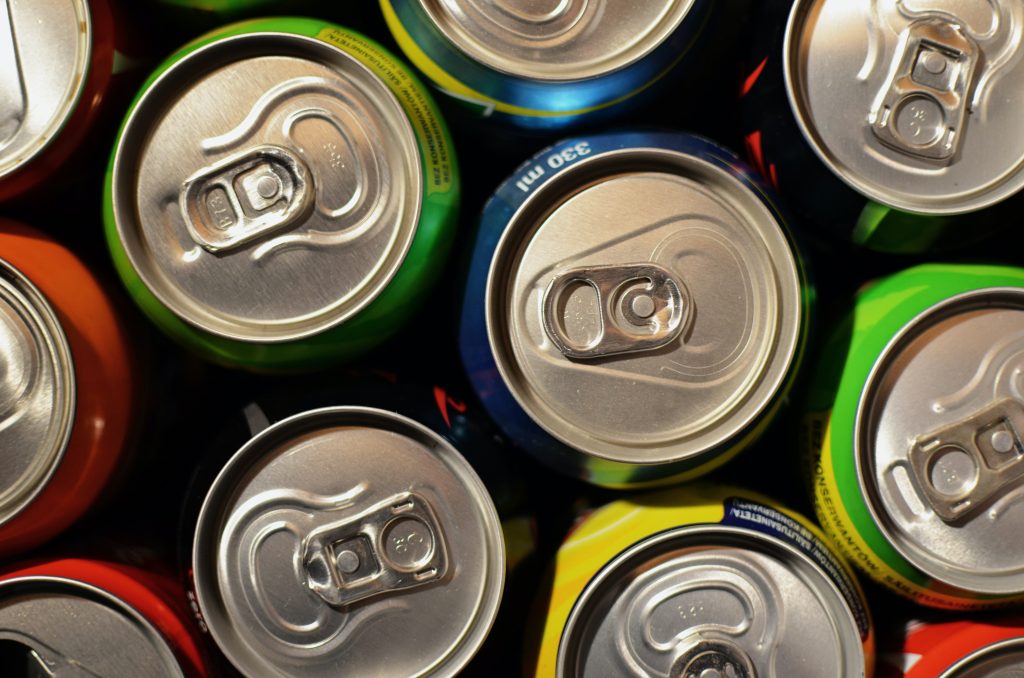Do Heart Hormones Drive Nighttime Hypertension?

In a new series of studies, University of Alabama at Birmingham researchers have described the reasons behind low levels of natriuretic peptides (NPs) in obese individuals.
First reported six decades ago, NPs are beneficial hormones produced by the heart, and are responsible for blood pressure regulation and the overall cardiovascular and metabolic health of humans. This study also addresses how the disturbance of an individual’s diurnal rhythm of these hormones contributes to poor cardiovascular health in obese individuals.
High blood pressure at nighttime is seen commonly in obese individuals, who already have higher risk of hypertension and poor cardiovascular outcomes. This can contribute to outcomes such as stroke, heart failure, heart attack and cardiac death. But why this impairment of this day-night blood pressure rhythm is not well understood — however, scientists believe that part of the reason lies with NPs.
“All the hormones in the human body have a day-night rhythm,” noted Vibhu Parcha, MD, a clinical research fellow in the Division of Cardiovascular Disease and the first author of both the studies. “It has been hypothesised the NP hormones should also have this rhythm, but this had not yet been demonstrated in humans. Our clinical trial assessed the 24-hour cycle of the NP hormones and compared it to the 24-hour cycle of blood pressure. We also studied how these cycles differ between lean and obese individuals and studied the reasoning behind why obese individuals experience lower levels of NPs.”
Following a rigorous clinical trial of healthy individuals, researchers found that NP hormones have a diurnal rhythm with higher levels in the afternoon and lower levels at nighttime — similar to the 24-hour cycle of blood pressure. In obese individuals however, researchers observed that the relationship between NPs and blood pressure does not function the same way. This leads to higher nighttime blood pressure and increased risk of cardiovascular disease. The low production of NPs combined with a relatively higher elimination of NPs from an obese individual’s system leads to low levels of these beneficial hormones in circulation, which may explain the NP deficiency.
“This is the first time we have seen that NPs, like other hormones, have a 24-hour rhythm,” said senior author Pankaj Arora, MD, a physician-scientist in UAB’s Division of Cardiovascular Disease. “These studies give us a better understanding of NPs and of the reasoning behind the NP deficiency in obese individuals. We now have an FDA-approved medication (LCZ696) that improves circulating NP levels. This medication is considered a first-line treatment for heart failure and may be used to increase NP levels.”
This medication could specifically target NPs and blood pressure if given at the right time of day and could control hypertension with precision, Dr Arora added. These findings point to using a physiologically-driven precision ‘chronopharmacotherapy’ approach to improve the diurnal blood pressure profile in obese individuals.
Source: University of Alabama at Birmingham
Journal information: Vibhu Parcha et al, Chronobiology of Natriuretic Peptides and Blood Pressure in Lean and Obese Individuals, Journal of the American College of Cardiology (2021). DOI: 10.1016/j.jacc.2021.03.291






